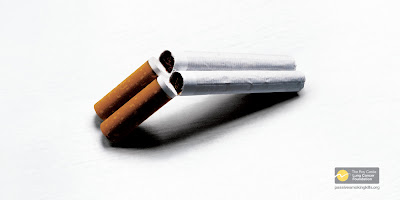
Physical health
Physical fitness is good body health, and is the result of regular exercise, proper diet and nutrition, and proper rest for physical recovery.
A strong indicator of the health of localized population is their height|weight, which generally increases with improved nutrition and health care. This is also influenced by the standard of living and quality of life. Genetics also plays a major role in people's height. The study of human growth, its regulators, and implications is known as Auxology.
[edit] Mental health
Main article: Mental health
Mental health refers to an individual's emotional and psychological well-being. Merriam-Webster defines mental health as "A state of emotional and psychological well-being in which an individual is able to use his or her cognitive and emotional capabilities, function in society, and meet the ordinary demands of everyday life."
According to the World Health Organization, there is no single "official" definition of mental health. Cultural differences, subjective assessments, and competing professional theories all affect how "mental health" is defined. In general, most experts agree that "mental health" and "mental illness" are not opposites. In other words, the absence of a recognized mental disorder is not necessarily an indicator of sound mental health.
One way to think about mental health is by looking at how effectively and successfully a person functions. Feeling capable and competent; being able to handle normal levels of stress, maintain satisfying relationships, and lead an independent life; and being able to "bounce back," or recover from difficult situations, are all signs of mental health.
A combination of physical, emotional, social and most importantly mental well-being is necessary to achieve overall health.
Cholesterol is a lipidic, waxy alcohol found in the cell membranes and transported in the blood plasma of all animals. It is an essential component of mammalian cell membranes where it is required to establish proper membrane permeability and fluidity. Cholesterol is the principal sterol synthesized by animals, but small quantities are synthesized in other eukaryotes, such as plants and fungi. It is almost completely absent among prokaryotes, which include bacteria.[3] Cholesterol is classified as a sterol (a contraction of steroid and alcohol).
Although cholesterol is essential for life, high levels in circulation are associated with atherosclerosis. Cholesterol is synthesized in virtually all cells, and significant amounts of it can be absorbed from the diet.
The name cholesterol originates from the Greek chole- (bile) and stereos (solid), and the chemical suffix -ol for an alcohol, as François Poulletier de la Salle first identified cholesterol in solid form in gallstones, in 1769. However, it was only in 1815 that chemist Eugène Chevreul named the compound "cholesterine".[4]
Lego, officially trademarked LEGO, is a line of construction toys manufactured by the Lego Group, a privately held company based in Billund, Denmark. The company's flagship product, "Lego", consists of colorful interlocking plastic bricks and an accompanying array of gears, minifigures and various other parts. Lego bricks can be assembled and connected in many ways, to construct such objects as vehicles, buildings and even working robots. Anything constructed can then be taken apart again, and the pieces used to make other objects. The toys were originally designed in the 1940s in Europe and have achieved an international appeal, with an extensive subculture that supports Lego movies, games, competitions, and four Lego-themed amusement parks.










